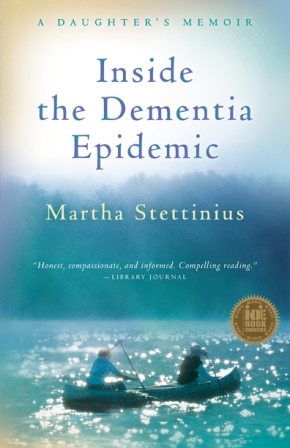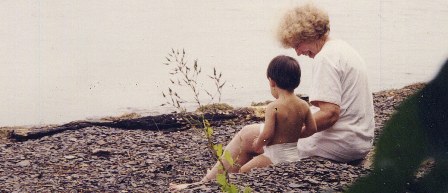Driving and Early-stage Dementia: 5 Important Questions to Ask
 Tuesday, March 11, 2014 at 05:50PM
Tuesday, March 11, 2014 at 05:50PM  Nine years ago, when my mother, Judy, was living with the early stages of dementia, I witnessed her getting lost on a familiar route in her small town. We were on our way to meet with her doctor of 25 years, and I was driving behind her because she was going to do some errands on her own afterwards. Not only did Mom drive around the block a couple of times looking for her doctor's office, when she pulled to the side of the road she drove the car into a ditch. I had to pull her out and call a tow truck.
Nine years ago, when my mother, Judy, was living with the early stages of dementia, I witnessed her getting lost on a familiar route in her small town. We were on our way to meet with her doctor of 25 years, and I was driving behind her because she was going to do some errands on her own afterwards. Not only did Mom drive around the block a couple of times looking for her doctor's office, when she pulled to the side of the road she drove the car into a ditch. I had to pull her out and call a tow truck.
Even though I knew Mom was worried about her memory, part of me denied that she really needed to stop driving. Denial about this issue can be very strong in many caregivers, and I was no exception. In our case, Mom agreed to stop driving only because she was moving in with me and she knew she would never find her way around on the unfamiliar streets of my city. Many caregivers, however, find themselves in a prolonged battle with their loved ones around this issue.
In an article for caregivers.com today I offer
- a road map of 5 questions that can help you decide whether or not your loved one should drop driving, and
- suggestions about how you can talk to them about it and include them in the decision, if possible, as your "care partner."
Read more here: "5 Crucial Signs that a Person Should Stop Driving"


















Reader Comments